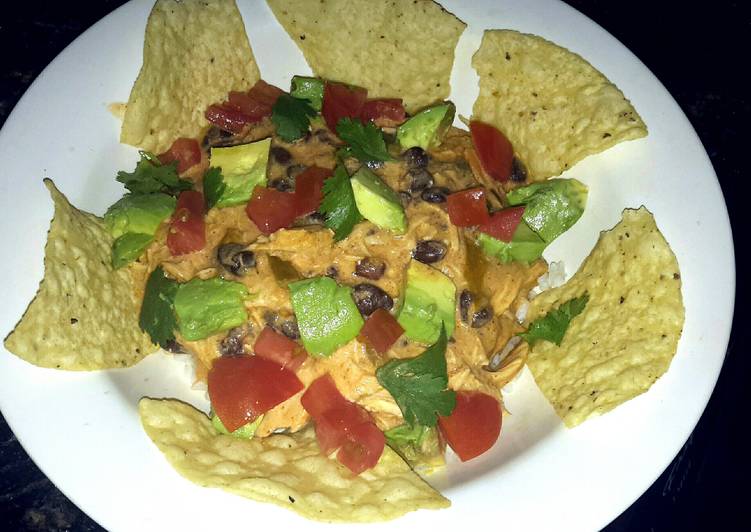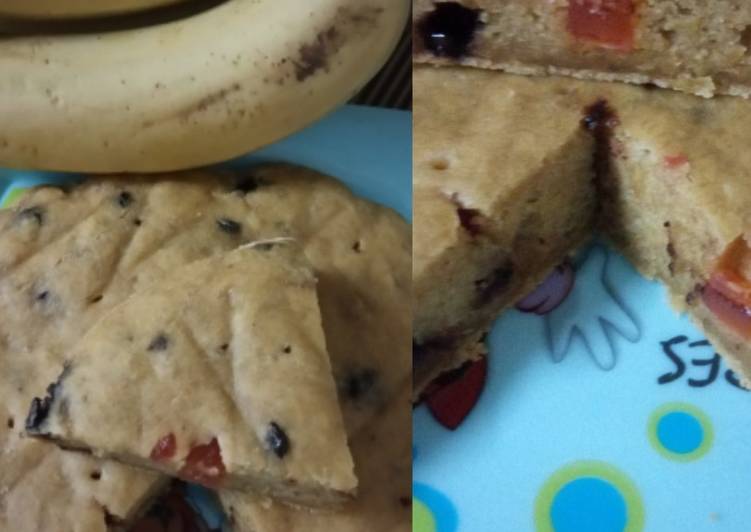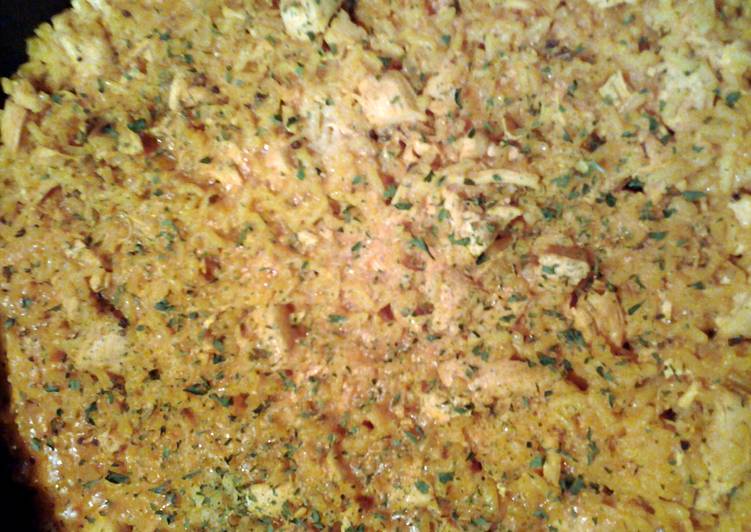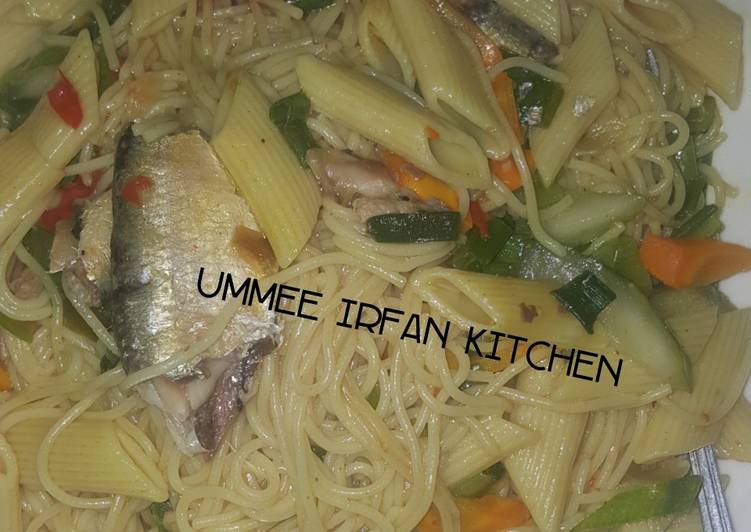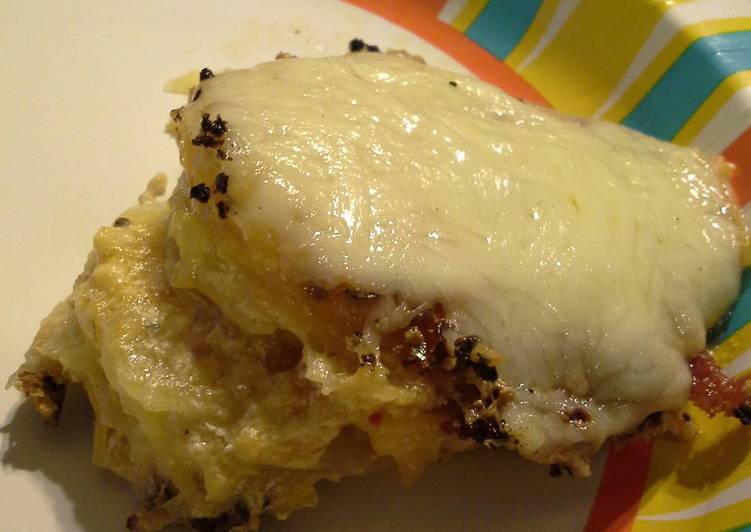Steps to Prepare Perfect A Local Flavor of Gifu Magnolia Leaf Miso Pork Bento
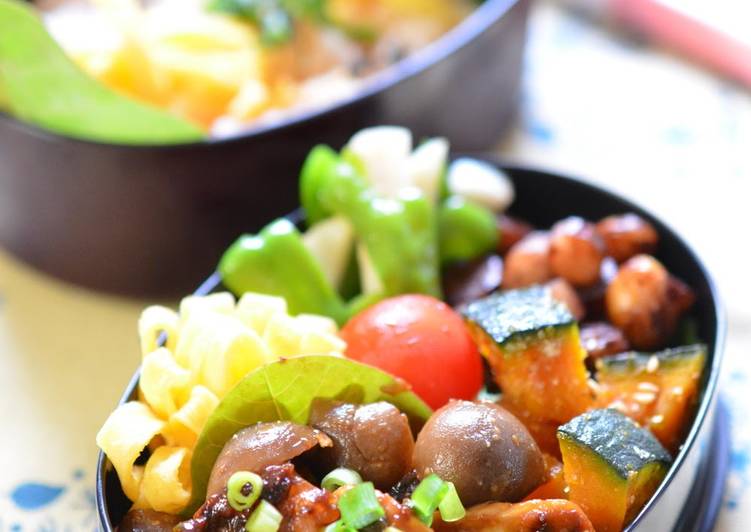
A Local Flavor of Gifu Magnolia Leaf Miso Pork Bento Recipe. How to set it up? What are the ingredients? Cooking tips and more… This is one of my favourite food recipe, this time i’am gonna make it a little bit tasty.
This classic sweet-salty, intensely flavored miso marinated pork is really well suited to bentos. Pork is the most popular meat in Japanese cooking, but so far I haven't posted any (non-bacon) pork recipes on Just Bento, though I do have a couple over on Just Hungry.
Here is the best “A Local Flavor of Gifu Magnolia Leaf Miso Pork Bento” recipe we have found so far. This is gonna really delicious.
Ingredients of A Local Flavor of Gifu Magnolia Leaf Miso Pork Bento
- Take 30 grams of Thinly sliced pork.
- Prepare 1 dash of ※ Katakuriko.
- It’s 30 grams of Shimeji mushrooms.
- Take 1 tbsp of ◎ Red miso.
- Prepare 1 tsp of ◎ Sake.
- You need 1 tsp of ◎ Mirin.
- Prepare 1 tsp of plus ◎ Honey.
- Take 2 grams of ◎Ginger (minced).
- It’s 10 grams of ◎ Green onion (flnely sliced).
Miso's greatest strength is lending deep umami flavor to vegetarian dishes, but it makes meat even tastier too.A miso-glaze or marinade does for chicken wings or a pork chop what tomato sauce does for sausage and meatballs—it adds an extra layer of savoriness.Pork and vegetables make up the recipe's foundation, but the flavor is truly elevated by Asian-inspired flavors like red miso, fresh ginger, and curry.You may be curious to know how Japanese curry is different from Indian curry.
A Local Flavor of Gifu Magnolia Leaf Miso Pork Bento step by step
- Combine the ◎ ingredients for the green onion miso. If you prefer it sweeter, add a little more honey..
- Cut the pork into bite sized pieces and coat lightly with katakuriko..
- Blanch the pork quickly in boiling water, and drain well..
- Lay a magnolia leaf on a pan, top with the miso from step 1 and turn on the heat (if possible, use dried magnolia leaves; this time I used a fresh one)..
- Start by cooking the shimeji mushrooms. When the mushrooms are halfway cooked, add the pork..
- Stir the meat, mushrooms, and miso on top of the leaf until they are cooked through..
- When packing this into a bento box, if you use a fresh new magnolia leaf as a divider, it has anti-microbial qualities and smells nice too..
- Put sushi rice on top of a fresh magnolia leaf to make a simple version of ho-ba sushi. Again, the anti-microbial properties of the leaf make this great for bentos..
- This is the ho-ba or magnolia leaf used in Gifu's regional cuisine. The leaves are big and has anti-microbial properties, and is used in dishes such as ho-ba sushi and ho-ba miso..
Suggested Substitution: If you cannot find Ponzu in your local Japanese or Asian grocery stores, you can The closest substitute is perilla leaf which you can get from a Korean grocery store.Miso-like fermented bean products and pastes exist all over Asia, but here I will mainly limit myself to the most commonly used Japanese misos.The color can be a fairly good indicator of the strength of flavor, age and saltiness of the miso.
This classic Japanese food is thicker and has a milder flavor than other.The leaf of Japanese big-leaf magnolia ( Magnolia obovata Thunb.) has long been used as a natural packaging material for traditional foods in Japan.However, many of the physiological functions of the leaves against oral infection and resultant illness remain unclear.Tamago Miso Tsuke/卵黄味噌漬け is a popular way in Japan to preserve egg yolk in miso.I decided to publish this very simple recipe as it could -Mix miso, Japanese sake and sugar well. -Line two cups (narrow bottom and wide top) with gauze cloth (first clean it in cold clean water and press out all water).
